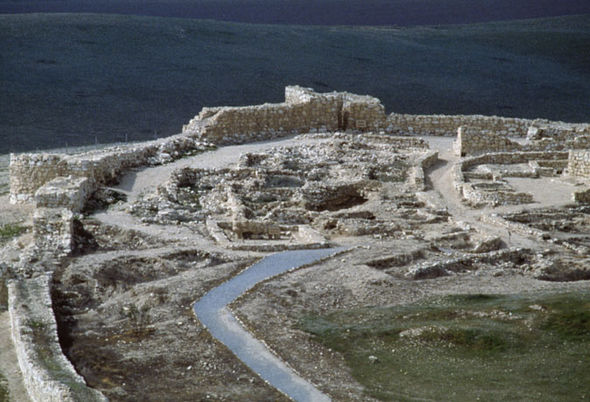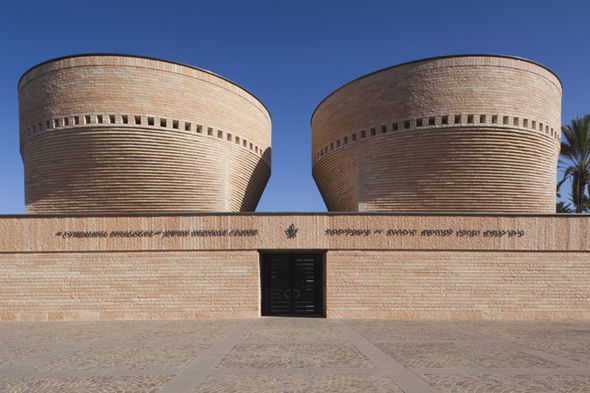Everything you know about the Bible could be WRONG — Archaeologists make shock discovery

ARCHAEOLOGISTS have unearthed evidence suggesting key parts of the Bible were written much EARLIER than previously thought.
The Old Testament was previously thought to have been written in a bid to document Jewish folklore after the destruction of Jerusalem and the exiling of the Jews to Babylon.
But, using handwriting analysis technology, a team of Israeli mathematicians and archaeologists found a famous hoard of ancient Hebrew inscriptions, dating back to before 600BC – and they were composed by at least six different authors.
The inscriptions indicate a higher level of literacy in the ancient kingdom of Judah than many scholars thought.
The study, carried out by a team from Tel Aviv University, was published in the Proceedings of the National Academy of Sciences.
It is based on the long-running debate over when biblical texts were composed, including whether it took place before or after the Babylonia siege and the destruction of Jerusalem in 586BC and the exile of inhabitants to Babylon.
In recent years, many scholars have attributed the composition of a group of biblical texts, from the Book of Joshua to the second Book of Kings, to the period after the siege and destruction of Jerusalem, according to Israeli archeologist Israel Finkelstein, who participated in the study.
That theory holds that the biblical texts were written as a result of the exile to Babylon, when the composers began to think about their past and put their history to parchment.
However, Mr Finkelstein argues he has long believed those texts were written in the late 7th century B.C.
in Jerusalem, before the siege. He said the study offers support for the theory.
Mr Finkelstein said: “It’s the first time we have something empirical in our hands.”
The 16 ink inscriptions on ceramic shards were discovered at the site of an ancient military fortress in Arad in southern Israel.
The team, made up of doctoral students in applied mathematics, maths professors, archaeologists and a physicist, used multispectral imaging to reconstruct Hebrew letters that have been partially erased over time. They then used a computer algorithm to analyse the writings to detect the differences in handwriting strikes.
The inscriptions are not biblical texts, but detail troop movements and expenses for provisions, indicating that people throughout the military chain of command down to the fort’s deputy quartermaster were able to write.
The tone of the inscriptions, which were probably not written by professional scribes, combined with the fortress’s remote location, indicate a widespread of literacy at the time, according to the study.
This would support the idea some biblical texts had already been authored by this time. The Dead Sea Scrolls, the oldest known collection of certain biblical texts, are believed to date back centuries later.
Политика конфиденциальности | Правила пользования сайтом










